Men’s doubles will continue to be the only badminton discipline without a repeat Olympic champion, but four past Olympic gold medallists – all with different partners – are among the top contenders for the gold in Rio.
By Don Hearn. Photos: Badmintonphoto
Olympic men’s doubles – or perhaps men’s doubles generally – is the odd man out, so to speak. It was the only discipline to escape Chinese domination for the first five editions of Olympic badminton. It was the second last to see an intra-national final (the last being women’s singles in 2008) and it was the latest to have a European finalist (Boe/Mogensen in 2012, although women’s doubles has yet to have a non-Asian finalist).
But while in 2004, men’s doubles became both the first to get a repeat silver medallist (Lee Dong Soo / Yoo Yong Sung) and the first to have a winner (Kim Dong Moon) who already had a gold medal from another discipline, it remains the only discipline never to have been won by the same player twice.
In fact, only once in the last six editions has the defending champion shown up. Rexy Mainaky and Ricky Subagja were seeded sixth in 2000 but didn’t win. Kim Moon Soo retired after Barcelona, as did Kim/Ha after Sydney. Tony Gunawan emigrated to the United States before Sydney. Markis Kido and Hendra Setiawan were less than 100 points shy of qualifying for London. Between London and Rio, Cai Yun and Fu Haifeng first changed partners, and then Cai retired.
One trend that the Rio men’s doubles competition will continue is that of past champions returning with different partners. In 1996, Barcelona winner Park Joo Bong (pictured above, coaching world #8 Hiroyuki Endo / Kenichi Hayakawa) made a comeback in mixed doubles only. 12 years after winning gold in Sydney, Tony Gunawan return to compete in London as an American. This year, it will be Fu and Setiawan, both serious contenders for the gold.
Favourite again
2016 is something of a convergence, as half of the last two Olympic men’s doubles champions return as seeded pairs, along with a couple of past mixed winners. The pattern that Korea’s world #1 Lee Yong Dae will hope to repeat is that of Kim Dong Moon, who won mixed gold in 1996, then men’s doubles bronze in 2000, then men’s doubles gold in Sydney.
Indeed, Lee Yong Dae again comes in as the favourite to take the title. It is his first time as the top seed but even in Beijing, it was in men’s doubles that he was expected to succeed, having won the All England, Swiss Open, and Asian Championships, as well as beating the top two pairs in the Thomas Cup. Again in 2012, he and Jung Jae Sung won the All England and their last Superseries event before London.
Finally, Lee Yong Dae comes into the Olympics as the heavy favourite. He and Yoo Yeon Seong (pictured) have been world #1 for nearly two years and they head to Rio having won three straight tournaments. They also have a winning record (see complete head-to-head stats for the top 10 pairs here) over all but three of the pairs they’ve faced and only one of those three pairs – Russia’s Ivanov/Sozonov, against each of whom Lee/Yoo are 1-1 – will be in Rio. However, one of those ‘disadvantaged’ pairs has an edge like none of the others…
The World Champions
Defending champion Fu Haifeng may have formed a very dangerous combination with London mixed gold medallist Zhang Nan but although the Chinese are strong contenders in Rio, they have nothing like the record of the reigning World Champions. Beijing gold medallist Hendra Setiawan has repeatedly struck gold with his new partner Mohammad Ahsan (pictured). Setiawan was barely excluded from the London Games but it’s what he’s done since that is the most interesting.
Setiawan and Ahsan do have far fewer Superseries titles than the Koreans, despite having been together a year longer, but several of the six wins they’ve scored against Lee and Yoo have been at the most coveted of events. As if it were not enough to deny the top seeds the Asian Games gold at home, the Indonesians also shut down their latest World Championship bid. Then most recently, they bounced back from an embarrassing loss at the Thomas Cup to completely reverse the momentum of the Koreans after they had beaten Team China and destroyed the nation’s best ever opportunity to take that Cup.
The Indonesians have certainly proven that they excel at the big profile events. With both of them healthy, few would bet against Ahsan’s athleticism and Setiawan’s legendary calm and creativity.
Gold + gold
In terms of combined experience in high pressure finals, the only ones who can beat Ahsan and Setiawan are China’s Fu Haifeng and Zhang Nan (pictured). Between them, they have seven World Championship titles and two Olympic golds. Although the Chinese fourth seeds are perhaps less impressive together than they have been historically apart, they are still also the only current pair with a convincing record against the reigning World Champions.
The main question mark here is actually Zhang’s position as the favourite in mixed doubles. While he and plenty of doubles players have achieved success in both disciplines, the new round robin Olympic format will add two more matches to his schedule before the quarter-final round. In the Superseries – where Zhang has reached both finals five times – that’s something only qualifiers have to deal with.
Second string, first class
Rounding out the top five are the very dangerous second pairs from Korea and China: Kim Sa Rang / Kim Ki Jung and Hong Wei / Chai Biao (pictured). Kim/Kim are the #3 seeds and they travel to Rio having won two Superseries Premier events in the past year. They do having losing records against even a few lower-ranked pairs but they also have the ability to rise to the occasion.
In the past, one might have suspected that they were able to sneak up on their opponents after lurking in the shadow of their more famous team-mates. However, after those titles in China and Malaysia, as well as having taken bronze at the Asian Games and World Championships, we can be sure that their opponents will be well prepared for their campaign in Rio.
At #5 in the world are China’s Chai Biao / Hong Wei. Another talented and formidable pair, they might still be able to qualify as a dark horse. Despite their lofty ranking, they only have one Superseries title to their names. Still, even if they aren’t being treated as favourites for the gold, every one of their opponents will be giving them the respect due them as a pair that can beat anyone if they bring their A game.
What makes the top five so intriguing in men’s doubles is that although most of the pairs are fairly new, none has really dominated any of the other four. The pair in the most precarious position in the group stages is Kim/Kim. Not only do Boe/Mogensen have a distinct edge over them but they are drawn in the same group with the only pair in Rio against whom they are winless. Great Britain’s Marcus Ellis / Chris Langridge (pictured) have beaten the Koreans both times they have encountered them. Chai/Hong have a slightly similar case, as they lowest ranked pair in their group, Attri/Reddy of India, beat the Chinese pair in their only encounter.
Supporting cast of veteran pairs
It is in the bottom half of the top 10 that we find the longest running pairs. Endo/Hayakawa, Ivanov/Sozonov (pictured), and Boe/Mogensen have been together for 6, 8, and 12 years respectively!
There is a question mark surrounding the preparation for the two European pairs. Ivan Sozonov appears to have recovered physically from the injury that saw him retire from the European Championships in April but he and Vladimir Ivanov have not competed internationally for 3 months. The Danes have at least won a Grand Prix Gold and competed in a Superseries since Carsten Mogensen came back from a ruptured aneurysm.
For Hiroyuki Endo and Kenichi Hayakawa, what keeps them from being a top contender is both their dismal record against the top two pairs and the fact that their biggest title was a poorly attended Grand Prix Gold event right before the last Olympics. Still, their list of runner-up finishes is so impressive that one has to believe their day will come and if any tournament can be considered an anything-can-happen event, it is the Olympics.
Mathias Boe and Carsten Mogensen (pictured) have both a collection of top runner-up spots and an enviable collection of titles. Their 0-6 record against the top seeds may be worrying but they have been extremely close to beating Lee/Yoo on the last two occasions. And it’s not as if they have never beaten a heavily favoured Korean pair at the Olympics before!
The new round-robin format that was introduced before the London Olympics makes speculation difficult. As discussed above, a look at Groups B and D (see the draws below) reveal top 10 pairs that might be thwarted in their attempt to qualify for the quarter-finals. However, once the top two pairs in each group are determined, a second draw will be held to decide the match-ups for the quarter-finals so at this point any pair could conceivably end up having to face any other pair at some point on the courts in Rio.
Conclusion
There are many respects in which men’s doubles has come to be thought of as exceptional. It has always been the most likely to be excluded from a Chinese sweep. It has so often been very difficult to call because it seems that the top pairs can suffer shock upsets at the hands of much lower ranked pairs.
When it comes to the Olympics, though, the men’s doubles gold has gone to the top seed all but one time, far more often than in any other event. In 2016, top seeds Lee Yong Dae and Yoo Yeon Seong are bringing their talent, their experience, their winning attitude, and the hunger built up over many years to grab that golden opportunity in Rio. But at the same time, pairs who’ve figured out how to beat them before – as well as a few looking for that golden upset – will make it as hard as possible for the Koreans to keep that top seed tradition alive.
Click on the above table for links to detailed head-to-head records.
![OLYMPIC MD 2016 Preview – 4 big guns battle for 2nd gold Men’s doubles will continue to be the only badminton discipline without a repeat Olympic champion, but four past Olympic gold medallists – all with different partners – are among the […]](http://www.badzine.net/wp-content/uploads/ngg_featured/CAI-FU-30-WorldChampionships2013_rotator.jpg)

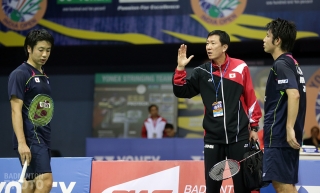
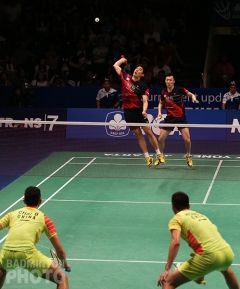
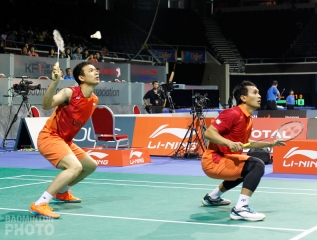
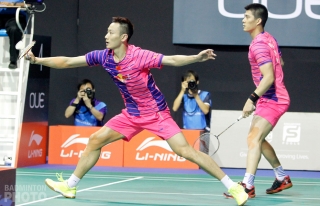
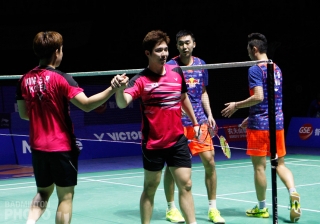
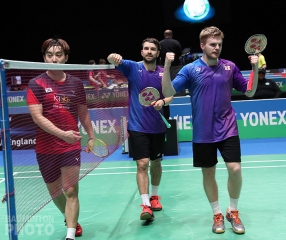
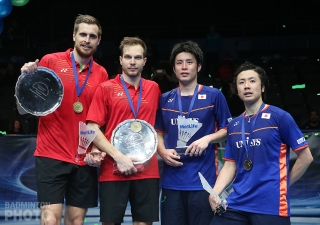
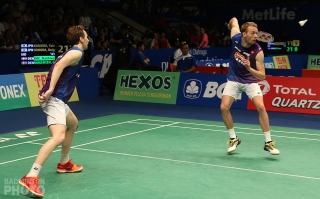
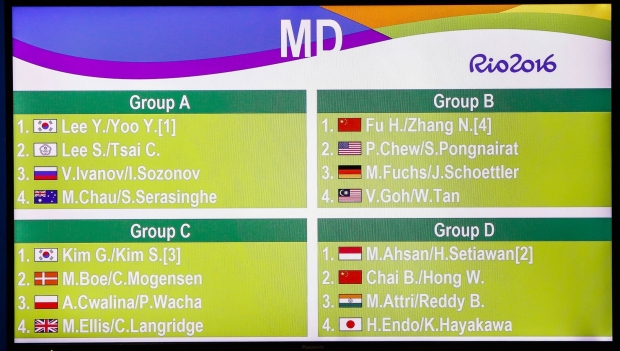
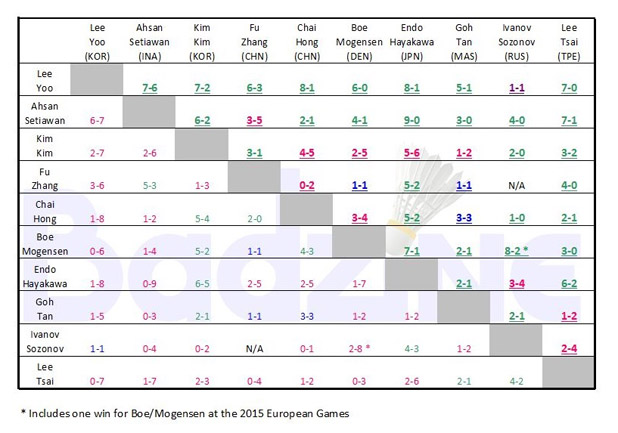

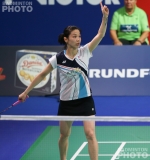

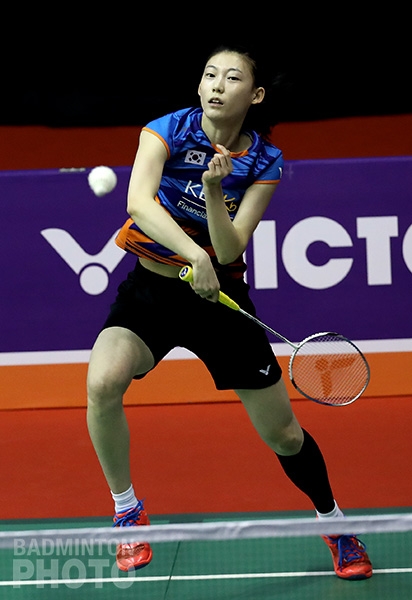
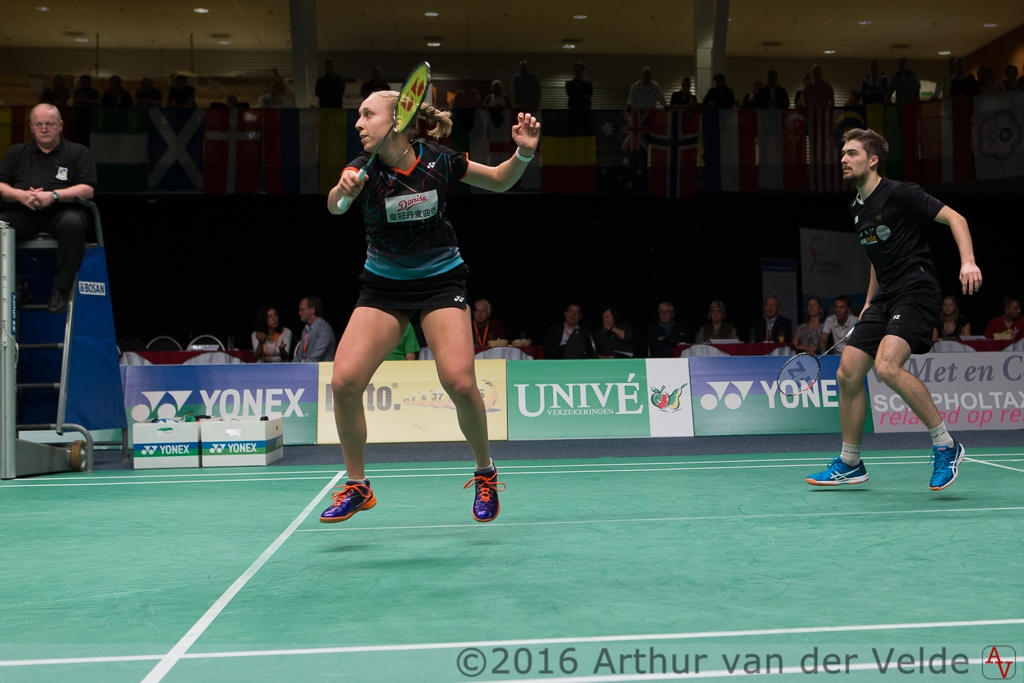
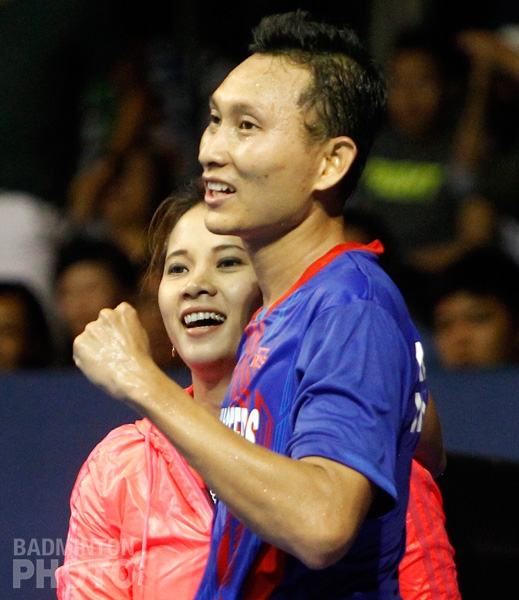
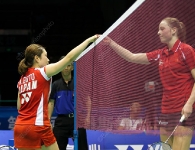
Leave a Reply